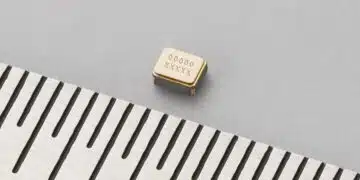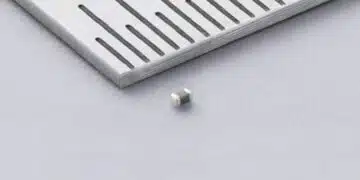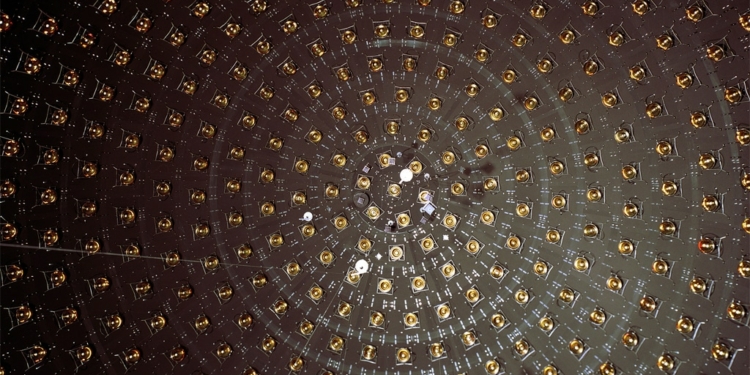Source: EIN news
ROCHESTER, NEW YORK, UNITED STATES, October 18, 2018 /EINPresswire.com/ — For seven years, Ohmcraft has worked closely with a world-class scientific research center to design a custom leaded resistor network for the deployment of a neutrino detector located more than a mile underground.
Neutrinos are invisible, nearly massless particles emitted by the sun that penetrate the Earth up to 1,400 meters underground. They are of interest to scientists for their potential to transform global communication and remotely detect the presence of nuclear weapons.
“Due to neutrinos’ small size, scientists need extremely sensitive equipment in order to detect them,” said Eric Van Wormer. “Ohmcraft partnered with the research center to develop a completely custom, high-resistance network with ultra-low noise to enable this detection.”
There are more than 2,000 of these resistor networks utilized in the neutrino detector sensors. As a global leader in thick-film, high voltage, high precision resistor design and manufacturing, Ohmcraft has the ability to produce resistor networks over 100 giga-ohms with ultra-low noise, providing high resistance and value.
featured image: neutrino detector, image credit: Fermilab





























